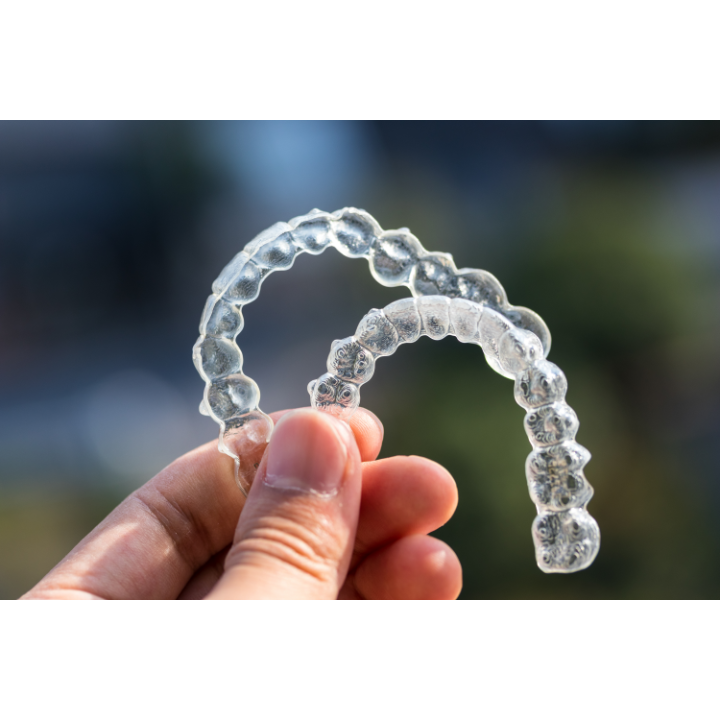How does Invisalign work?
by siteadmin

Invisalign is popular among adults and teenagers who want to straighten teeth without wearing metal brackets. The aligners, which are made of clear plastic, are less visible than the traditional braces with their wires and brackets.
Invisalign is no different. It can correct a range of dental problems. But it is not for everyone.
What is Invisalign?
Invisalign, a clear alternative to braces, can straighten your smile and straighten your teeth. It can treat a wide range of dental problems, including misaligned, underbites, overbites and other biting issues. Invisalign offers a relatively easy and quick way to correct these issues. However, it is only effective if used correctly.
Invisalign uses a series plastic aligners made of transparent material to shift your teeth in the right positions. Each clear aligner is shaped differently and designed to move teeth in a certain way. This can be done either by rotating or tipping the teeth or by pushing them into your gingiva or pulling them farther out.
According to your dentist's instructions, you should change your aligner every 1 to 2 weeks. The faster your teeth will move, the longer you wear your aligner.
Invisalign uses a scanner to create an image of your mouth in 3D. The doctor then creates a customized treatment plan which will guide your teeth's movement. Invisalign will then use this image to produce a series aligners which will gradually move your teeth to the desired position.
During treatment, Invisalign trays can only be removed to eat or drink, or to brush and floss teeth. This allows you to maintain good oral hygiene. It also prevents food or liquid from becoming trapped in your aligners and causing tooth decay and gum disease.
You will see your doctor every two-four weeks for checkups and to get the trays replaced. During this time your doctor will check that the alignment process is going well.
After your initial visit, you will receive your Invisalign trays. You can then see how they will look on your teeth. Your doctor will add small "attachments", allowing the trays to grip and move your teeth, to your teeth at your next visit.
These attachments will also help you keep your aligners in position, so they can be more effective at moving teeth. The attachments are tooth colored and will match the color of your teeth.
The attachments for your trays are made of smooth plastic that is flexible and won't irritate the mouth like metal brackets. However, they are strong enough to hold the trays in position and shift the teeth into the correct position.
If you have more complicated issues, your doctor might recommend a treatment option. It is also best to wait for any gum or tooth diseases to be well controlled before starting the Invisalign treatment.
It is a great option for patients who do not want to use traditional metal braces, but are still interested in fixing crooked or gapped smiles. This is because it is more discreet, cheaper and less invasive than traditional orthodontic treatments.
Invisalign is usually effective for 12 months. You should see a difference in your smile after a few months of treatment. But, to maintain these results, you will need to complete the full course of treatment.
Invisalign is popular among adults and teenagers who want to straighten teeth without wearing metal brackets. The aligners, which are made of clear plastic, are less visible than the traditional braces with their wires and brackets. Invisalign is no different. It can correct a range of dental problems. But it is not for everyone. What…
Recent Posts
- Transform Your Smile with Exceptional Teeth Whitening Services in Las Vegas
- Impact Orthodontics Unveils Revolutionary Invisalign Solutions, Elevating Calgary’s Orthodontic Landscape
- Impact Orthodontics Unveils Revolutionary Invisalign Solutions, Elevating Calgary’s Orthodontic Landscape
- Boca Dental and Braces Celebrates Top-notch Dentist Services in Las Vegas
- Boca Dental and Braces Celebrates Top-notch Dentist Services in Las Vegas
